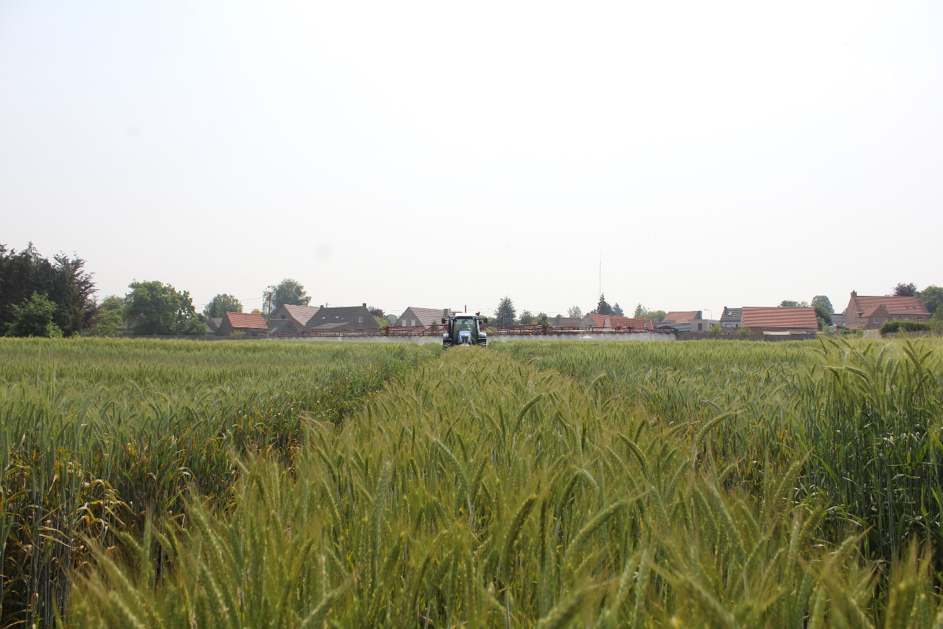Good formulation can reduce crop protection volatilization by up to 80%

Crop protection products help farmers protect their harvest and are therefore one important element to promote sustainable food production. Unfortunately, a part of the applied products will be gone with the wind before they can ever serve this goal. This not only incurs a cost for the farmer, but also a cost for society via contamination of the environment and potential effects on human health. However, Ghent University investigated crop protection formulation and discovered that a well-considered formulation can reduce the post-application volatilization of crop protection products by up to 80%.
Why do we need to reduce volatilization of crop protection products?
“To succeed in a sustainable use of plant protection products, one of the major challenges is to reduce their losses to the environment”, explains Michael Houbraken, researcher at the Laboratory of Crop Protection Chemistry, Ghent University. One important factor is the volatilization of the active ingredient in those products. When we apply crop protection products, the active ingredient needs to stay on or in the plant in order to guarantee the desired effect. However, a part of the active ingredient will never serve its purpose because it will volatilize. Depending on the crop protection product, plant properties and surrounding circumstances, the losses can vary from 6% to more than 30% of the applied products. According to Michael, a common way to reduce this undesired emission into the environment, has been via the formulation of those products and the use of adjuvants.
Formulation to the rescue
The optimization of the formulation is a difficult task, because it requires a lot of investments and only a few companies are inclined to provide external researchers with detailed recipes of their products. “So far, our research has mainly been a wake-up call for companies who are already working on the formulation of crop protection products. Certain adjuvants are already available on the market, but are only used in a few products because they are difficult to use”, says Michael.
The amount of the active ingredient which will evaporate and disappear in the air, depends on the physical properties of the formulation. “Adjuvants can alter the physical properties of crop protection products and thus change the amount of volatilization”, explains Michael. For certain products, such as fenpropimorph, a well-considered formulation can reduce the volatilization by up to 80%. This does not only mean that the crops are much better protected, but also that the farmer can apply a lower amount of product. Another benefit is a reduction of the exposure levels of the workers to the products. Last but not least, the airborne losses of crop protection products into the environment can also be significantly reduced.

